Chia: Rediscovering a Forgotten Crop of the Aztecs
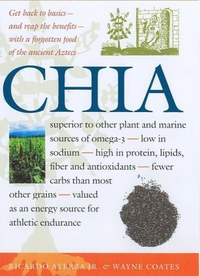
Summary
One of the four main Aztec crops at the time of Columbus’s arrival in the New World, chia is now a forgotten food of the Americas. Chia seed oil offers the highest omega-3 fatty acid content available from plants, but today this species is known only for its use in "chia pets." Yet pre-Columbian civilizations used chia as a raw material for medicines and nutritional compounds, while chia flour could be stored for years as a food reserve and was valued as a source of energy on long journeys. In this book, agronomist Ricardo Ayerza and agricultural engineer Wayne Coates trace the long and fascinating history of chia’s use, then reveal the scientific story of the plant and its modern potential. They compare fatty acid profiles of chia with our other major sources—fish oil, flaxseed, and marine algae—and provide evidence that chia is superior in many ways.
Here are just some of the benefits that chia provides:
- chia has the highest known percentage of alpha-linolenic acid, and the highest combined alpha-linolenic and linoleic fatty acid percentage of all crops
- chia has more protein, lipids, energy, and fiber—but fewer carbs—than rice, barley, oats, wheat, or corn—and its protein is gluten-free
- chia is an excellent source of calcium, phosphorus, magnesium, potassium, iron, zinc, and copper
- chia is low in sodium: salmon has 78 times as much, tuna 237 times as much
- chia exhibits no evidence of allergic response, even in individuals with peanut and tree-nut allergies
- chia doesn’t give off a “fishy flavor,” unlike some other sources of omega-3 fatty acid
The need to balance the essential fatty acid content of the human diet, combined with the need for a safe, renewable, omega-3 fatty acid source, positions chia to become one of the world’s important crops. As this insightful study shows, current nutritional understanding provides an excellent opportunity to reintroduce this important food to the world.
Similar Books
-
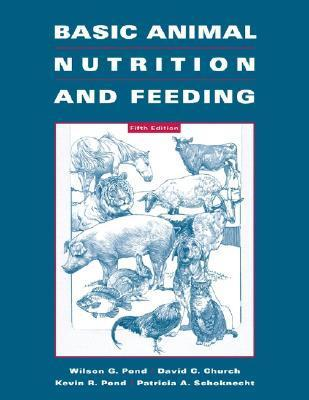 Basic Animal Nutrition and Feeding
Basic Animal Nutrition and Feedingby Wilson G. Pond
-
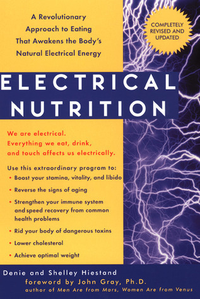
-
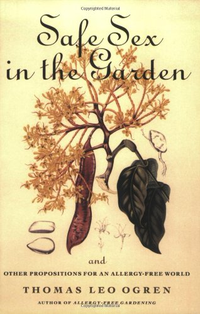 Safe Sex in the Garden and Other Propositions for an Allergy-Free World
Safe Sex in the Garden and Other Propositions for an Allergy-Free Worldby Leo Thomas Ogren
-
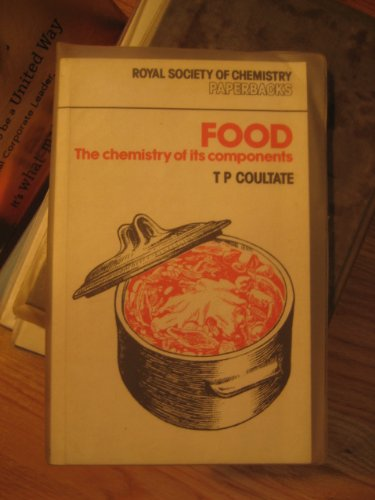 Food The Chemistry Of Its Components
Food The Chemistry Of Its Componentsby Tom P. Coultate
-
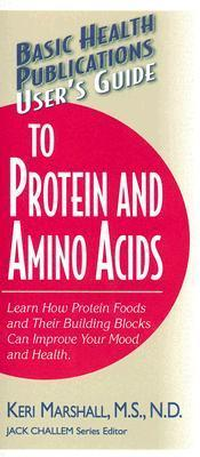 User's Guide to Protein and Amino Acids
User's Guide to Protein and Amino Acidsby Keri Marshall
-
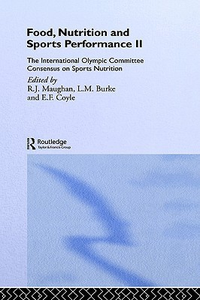
-
 Food, Nutrition and Sports Performance Ii
Food, Nutrition and Sports Performance Iiby Ronald J. Maughan
-

-
 Food Allergens
Food Allergensby Steven Gendel
-
 Balance - The Universal Law: And Its Bio-Electro Vibrations
Balance - The Universal Law: And Its Bio-Electro Vibrationsby Dr Kurt E Schulz
-
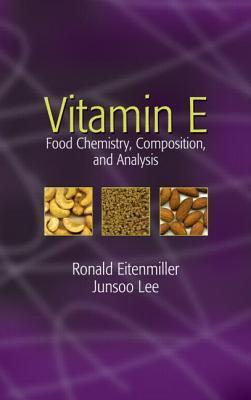 Vitamin E: Food Chemistry, Composition, and Analysis
Vitamin E: Food Chemistry, Composition, and Analysisby Ronald R. Eitenmiller
-
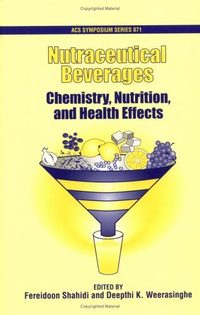 Nutraceutical Beverages: Chemistry, Nutrition, and Health Effects
Nutraceutical Beverages: Chemistry, Nutrition, and Health Effectsby Fereidoon Shahidi
-
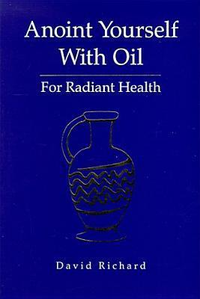 Anoint Yourself with Oil for Radiant Health
Anoint Yourself with Oil for Radiant Healthby David Richard
-
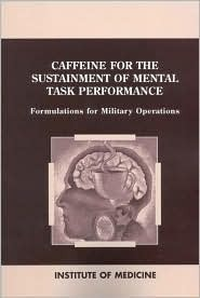 Caffeine for the Sustainment of Mental Task Performance: Formulations for Military Operations
Caffeine for the Sustainment of Mental Task Performance: Formulations for Military Operationsby National Research Council
-
 Nutritional Biochemistry
Nutritional Biochemistryby S. Ramakrishnan
-
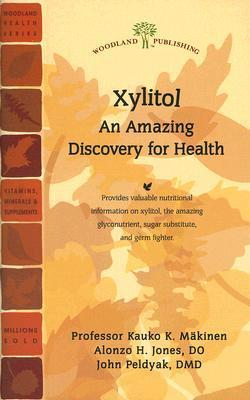 Xylitol: An Amazing Discovery for Health (Woodland Health Series)
Xylitol: An Amazing Discovery for Health (Woodland Health Series)by Professor Kauko K. Makinen
-
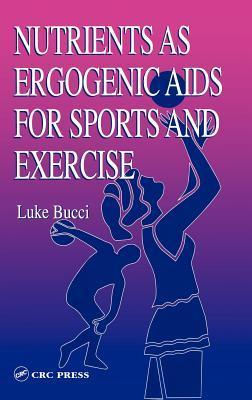 Nutrients as Ergogenic Aids for Sports and Exercise
Nutrients as Ergogenic Aids for Sports and Exerciseby Luke R. Bucci
-

-
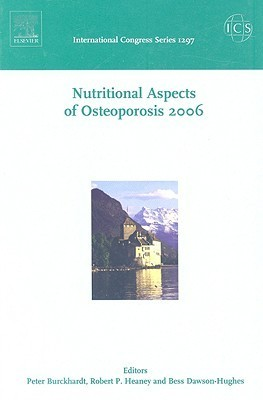
-
 Acidophilus and Colon Health: A Self-Help Manual
Acidophilus and Colon Health: A Self-Help Manualby David Webster
-
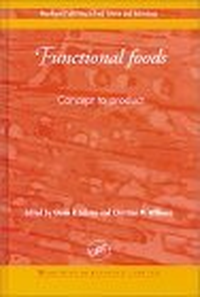 Functional Foods: Concept to Product
Functional Foods: Concept to Productby Glenn R. Gibson
-

-
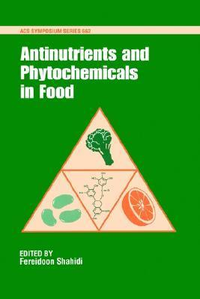 Antinutrients and Phytochemicals in Foods
Antinutrients and Phytochemicals in Foodsby Fereidoon Shahidi
-
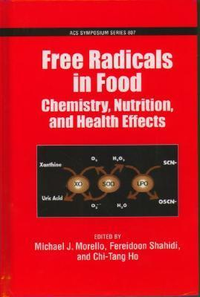 Free Radicals in Food: Chemistry, Nutrition and Health Effects
Free Radicals in Food: Chemistry, Nutrition and Health Effectsby Michael Morello
-
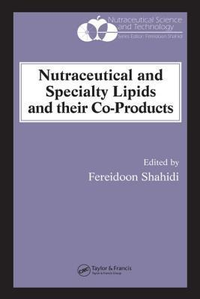 Nutraceutical and Specialty Lipids and their Co-Products
Nutraceutical and Specialty Lipids and their Co-Productsby Fereidoon Shahidi
-
 Growing Bone
Growing Boneby James F. Whitfield
-
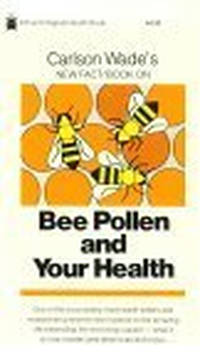 Carlson Wade's New Fact/Book on Bee Pollen and Your Health
Carlson Wade's New Fact/Book on Bee Pollen and Your Healthby Carlson Wade
-
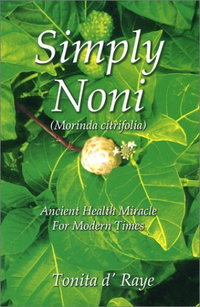
-
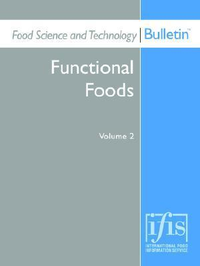 Food Science And Technology Bulletin: Functional Foods
Food Science And Technology Bulletin: Functional Foodsby Glenn, R Gibson
-
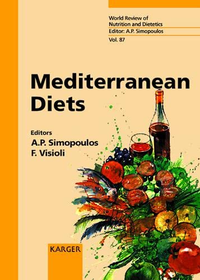 Mediterranean Diets
Mediterranean Dietsby Artemis P. Simopoulos
-
 Human Body Systems: Maintaining the Body's Functions
Human Body Systems: Maintaining the Body's Functionsby Sharon Katz Cooper
-
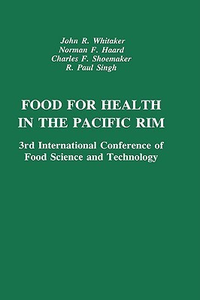 Food for Health in the Pacific Rim
Food for Health in the Pacific Rimby John R. Whitaker
-
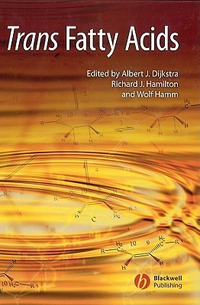 Trans Fatty Acids
Trans Fatty Acidsby Albert J. Dijkstra
-
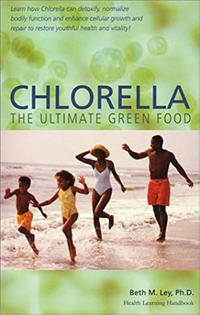
-
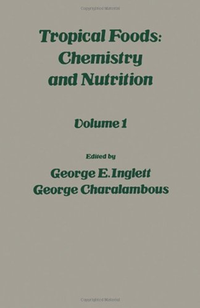 Tropical foods: Chemistry and nutrition
Tropical foods: Chemistry and nutritionby George E. Inglett
-
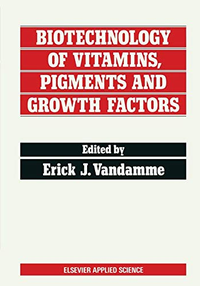 Biotechnology of Vitamins, Pigments and Growth Factors
Biotechnology of Vitamins, Pigments and Growth Factorsby E.J. Vandamme
-
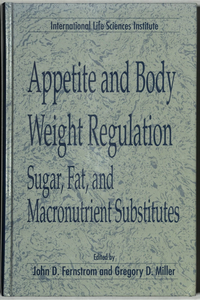 Appetite and Body Weight RegulationSugar, Fat, and Macronutrient Substitutes
Appetite and Body Weight RegulationSugar, Fat, and Macronutrient Substitutesby John D. Fernstrom